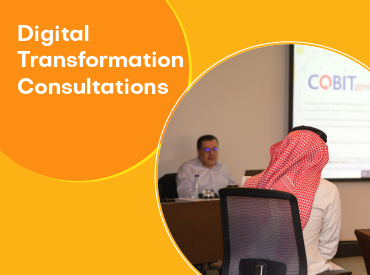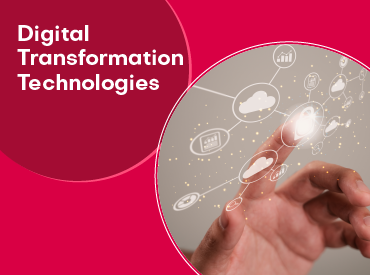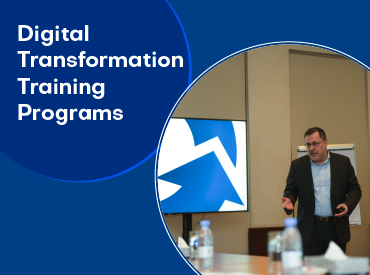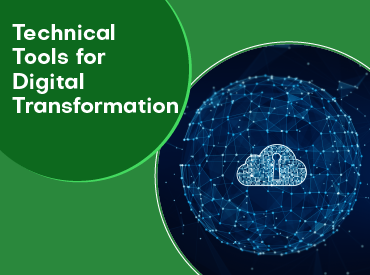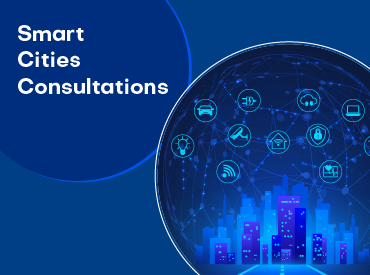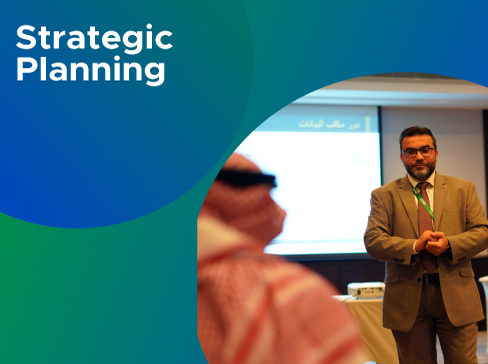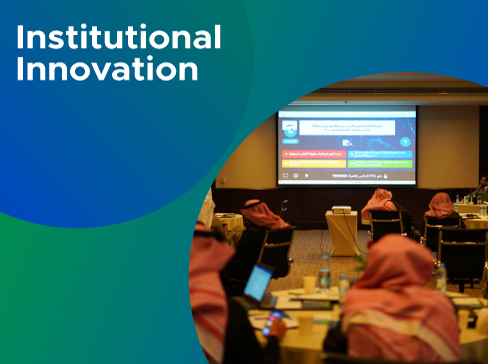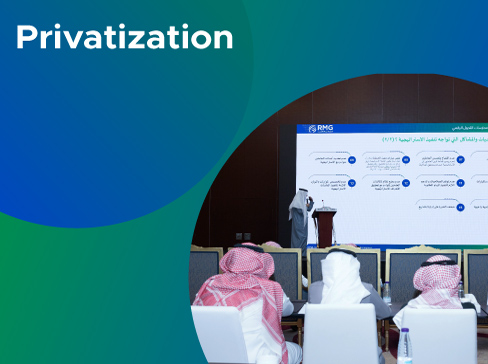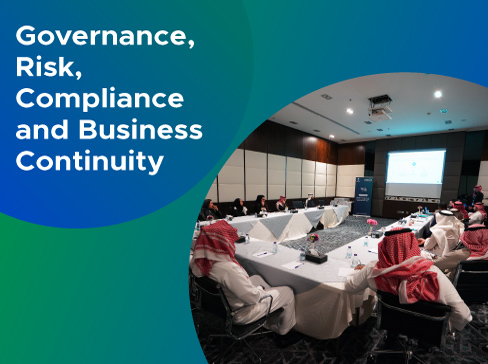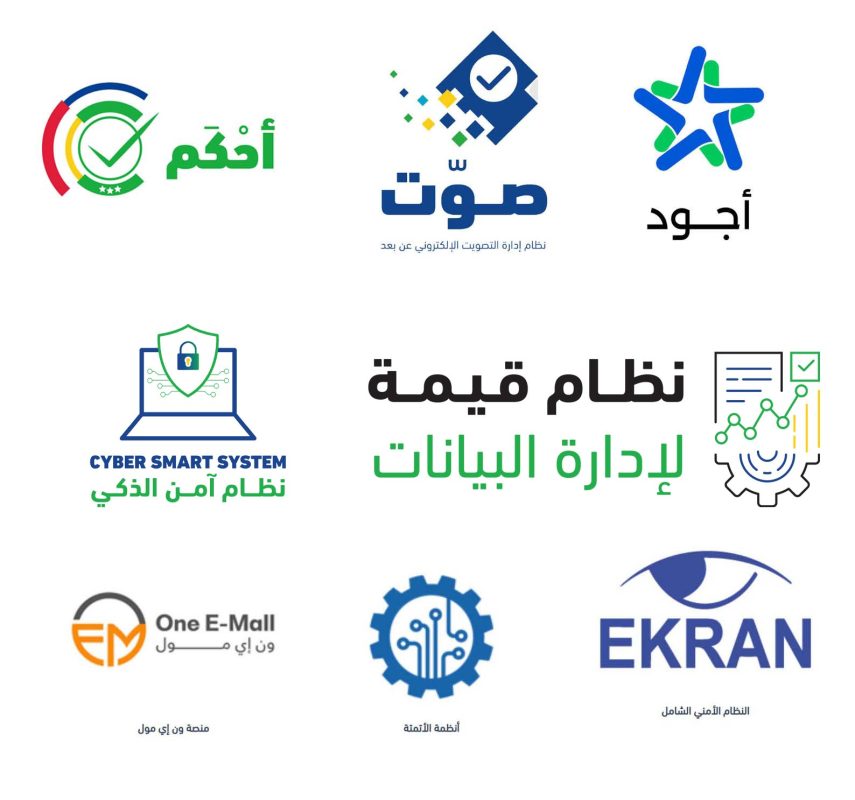
Defining Innovation Outcomes and Their Diverse Impacts
Innovation is often seen as a catalyst for growth, efficiency, and societal transformation. However, to fully understand its value, we must explore its essence and the measurable outcomes and impacts it creates.
Here’s a detailed exploration of how innovation outcomes can be defined and measured across different domains:

1- The Essence of Innovation
Innovation goes beyond mere invention. It’s about creating value, transforming industries, and solving problems through novel approaches.
Let’s break it down into perspectives:

The Top 3 Types of Innovation That Can Help Organizations Define Innovation Outcomes
- Technological Innovation:
At the heart of innovation lies technology. Technological advancements introduce groundbreaking solutions that reshape industries and disrupt markets.
Think about the introduction of the internet, smartphones, or electric cars—innovations that revolutionized how we live and work.
A striking example is Tesla’s electric cars, which redefined transportation and pushed the automotive industry toward sustainable practices.
- Organizational Innovation:
Beyond technology, innovation encompasses organizational strategies. Companies innovate internally by streamlining processes, improving operational efficiency, and fostering a culture of creativity.
The Toyota Lean Production System revolutionized manufacturing by reducing waste, enhancing productivity, and empowering employees through continuous improvement.
- Social and Cultural Innovation:
Innovation impacts societies by shaping cultural norms and behaviors. It alters how we communicate, learn, and consume.
The rise of streaming platforms in the music industry changed how artists distribute their work and how audiences engage with content.
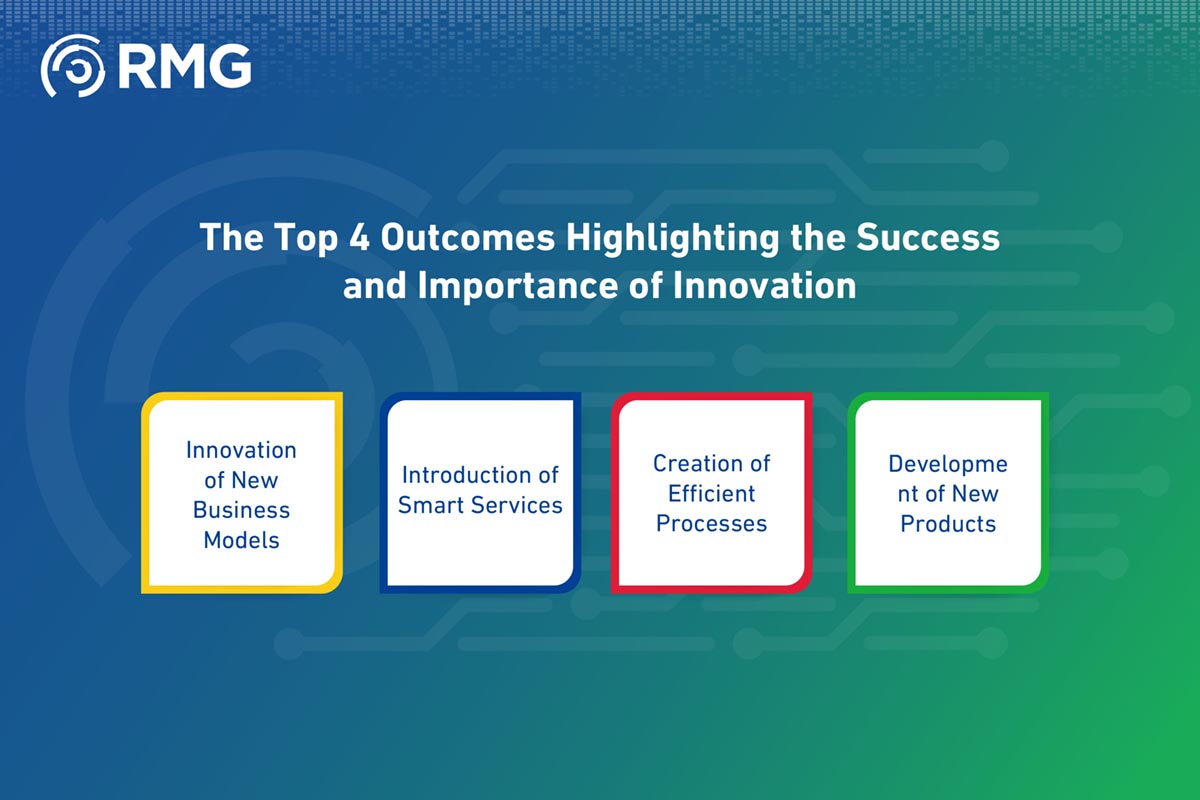
2- Innovation Outcomes
Understanding the tangible and intangible results of innovation helps assess its success. Here are some categories of innovation outcomes:
- Product Innovation
This is the most visible outcome, resulting in new or improved products that reach the market. Examples range from smartphones like the iPhone to 3D printers or plant-based meat alternatives, all of which have disrupted traditional product categories.
- Process Innovation
While often invisible to end-users, process innovations improve efficiency, reduce costs, and streamline workflows.
For example, Six Sigma methodologies in production reduce defects and waste, enhancing overall productivity.
- Service Innovation:
Service-oriented innovations enhance customer experiences. Think of Amazon Prime’s same-day delivery—a service innovation that transformed e-commerce by prioritizing customer convenience.
- Business Model Innovation
Business model innovations redefine how companies create and deliver value.
Netflix’s subscription-based streaming service disrupted traditional cable TV by offering unlimited content for a fixed price.

3- Evaluating Innovation Impacts
Innovation’s impact spans economic, social, environmental, and cultural dimensions.
- Economic Impact
Innovation fuels economic growth by creating jobs, boosting productivity, and enhancing competitiveness. A clear example is the rise of Silicon Valley, which has become an epicenter for technological advancement, generating immense economic prosperity and job opportunities.
- Social Impact
Innovations can tackle societal challenges and improve quality of life. For instance, mobile banking services empower underserved populations by providing access to essential financial services, fostering financial inclusion.
- Environmental Impact
Sustainable innovations aim to reduce environmental harm. Electric vehicles like Tesla’s, renewable energy technologies, and circular economy practices fall into this category. These innovations contribute to combating climate change by reducing carbon footprints.
- Cultural Impact
Innovations influence cultural narratives, shaping art, communication, and social norms. Social media platforms have revolutionized how people connect and share experiences, creating a new cultural framework for global communication.
Measuring Innovation for Continuous Progress
Innovation is about groundbreaking ideas and their far-reaching effects on industries, societies, and the planet.
Organizations can remain at the forefront of progress by understanding and measuring their outcomes through technological advancements, organizational improvements, or new business models.
True innovation transcends boundaries, continuously leaving an indelible mark on the world. Whether driving economic growth, addressing societal issues, or reshaping cultural landscapes, the power of innovation is reflected in its measurable impacts.
Invest in the Future with Renad Al Majd’s Digital Innovation Lab
innovation is a critical driver of growth and success. Renad Al Majd’s (RMG) Digital Innovation Lab offers a cutting-edge environment to help organizations nurture innovative ideas and transform them into tangible solutions, leading to a competitive edge.
The Innovation Lab is not just a workspace; it’s a comprehensive system that integrates effective collaboration, advanced technological infrastructure, and interactive creative tools. The lab provides flexible and educational spaces where organizations from various sectors can test new ideas and develop innovative digital solutions.
With a focus on continuous learning and the availability of advanced tools like virtual reality technologies and 3D printers, the lab provides organizations with a unique opportunity to foster creativity and excel in their respective fields.
Join RMG’s Digital Innovation Lab today and become a part of the future of digital innovation. Let us support you in realizing your ambitious vision and building a sustainable and diverse economy. At RMG, innovation isn’t just a goal—it’s a journey towards success and excellence.


